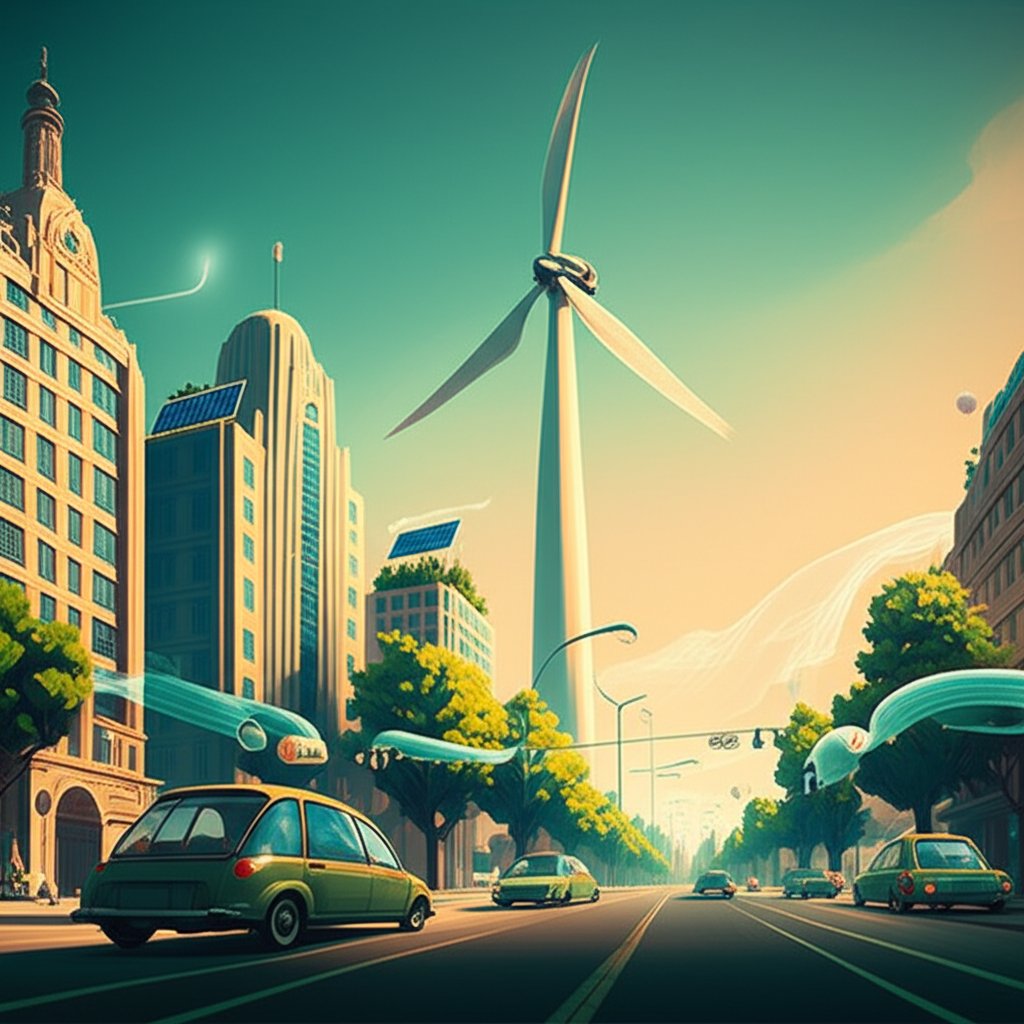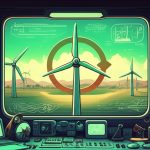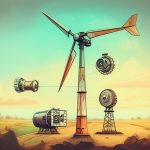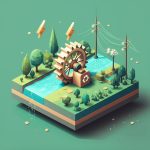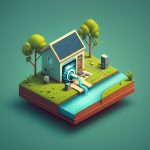Vertical axis wind turbine design represents an intriguing departure from the familiar horizontal-axis models that dominate wind farms. But what truly sets them apart, and what are the design considerations that engineers grapple with to unlock their full potential? This guide dives deep into the world of VAWTs (Vertical Axis Wind Turbines), exploring their advantages, limitations, and the cutting-edge design advancements pushing them forward.
At a glance:
- VAWTs capture wind from any direction, simplifying design and placement.
- They are quieter and often more aesthetically pleasing than horizontal turbines, making them suitable for urban areas.
- Lower efficiency and challenges with vibration remain key hurdles.
- Blade design, rotor speed control, and material selection are critical design factors.
- Ongoing research and development are focused on improving efficiency and reducing costs.
The Allure of Vertical: Advantages of VAWTs
Unlike their horizontal counterparts that require a yaw system to constantly orient themselves into the wind, VAWTs are omnidirectional. This single distinction leads to a cascade of benefits, particularly in specific environments.
Omni-Directional Wind Capture: No Yaw Needed
The most significant advantage? VAWTs don’t care where the wind is coming from. This is especially valuable in urban environments where wind direction is often turbulent and unpredictable. No yaw system also means fewer moving parts, contributing to simplified maintenance and potentially lower costs.
Quieter Operation: A Neighbor-Friendly Turbine
VAWTs generally operate at lower speeds, which translates to reduced noise emissions. This makes them a more welcome neighbor in residential areas or near sensitive wildlife habitats. So, while many imagine the loud whooshing of wind turbines may cause a Turbine Fires: Whats the Risk, VAWTs are notably quiet.
Simplified Maintenance: Ground-Level Accessibility
Many VAWT designs place the generator and gearbox at or near ground level. This drastically simplifies maintenance compared to horizontal turbines, where technicians often need to scale tall towers. Easy access translates to lower maintenance costs and downtime.
Space Efficiency: Rooftop and Urban Applications
The compact footprint of many VAWT designs makes them suitable for rooftops, building integration, and other space-constrained environments where a large horizontal turbine would be impractical.
The Reality Check: Limitations and Challenges
Despite their advantages, VAWTs face significant hurdles that have limited their widespread adoption. Addressing these challenges is a central focus of modern vertical axis wind turbine design.
Lower Efficiency: Drag and Stalling Issues
VAWTs typically exhibit lower efficiency compared to horizontal axis turbines. A primary reason for this is the drag created as some blades rotate against the wind. This drag not only reduces power output but also increases stress on the structure.
Vibration and Material Stress: A Structural Balancing Act
The inherent design of VAWTs can lead to increased vibration and material stress, especially in larger units. Managing these forces requires careful engineering and robust materials.
Lower Starting Torque: The Need for a Push
Some VAWT designs, particularly the Darrieus type (the “eggbeater” shape), require a starting mechanism to initiate rotation. This adds complexity and cost to the system.
Grid Integration Challenges: Variable Output
Variable wind conditions can make it challenging to stabilize the power output of VAWTs, complicating their integration into the electrical grid. Smoothing out these fluctuations requires sophisticated control strategies.
Design Elements That Define VAWT Performance
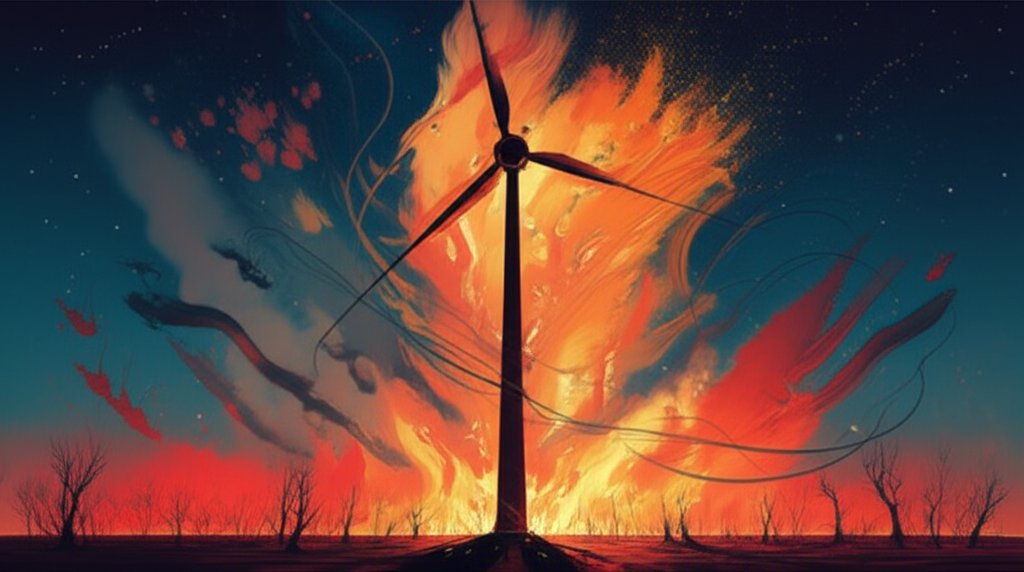
Successful vertical axis wind turbine design hinges on carefully considering several key factors:
Blade Design: The Heart of Energy Capture
The shape and profile of the blades are crucial for maximizing energy capture. Airfoil shapes, inspired by aircraft wing design, are commonly used to generate lift and minimize drag.
- Straight Blades: Simpler to manufacture and well-suited for high wind conditions.
- Helical Blades: Offer smoother torque and reduced vibration, but can be more complex to produce.
Number of Blades: Finding the Optimal Balance
The number of blades significantly impacts performance, noise, and structural load.
- Two-Blade Turbines: Offer high tip-speed ratios and perform well in high winds, but can be noisy.
- Three-Blade Turbines: Provide better symmetry and are visually more appealing, but may have slightly lower performance.
- Multi-Blade Turbines (4, 6, 8 or more): often favored for enhanced starting torque.
The optimal number depends on specific application requirements and design goals. A Build Your Own Wind Turbine with more than two blades may see an increase in energy production.
Rotor Speed Control: Maintaining Stability and Efficiency
Maintaining a stable rotor speed, especially after reaching the turbine’s rated power, is vital. This is achieved through various control strategies, including:
- Pitch Control: Adjusting the angle of the blades to regulate the amount of wind they capture.
- Stall Control: Allowing the blades to stall at high wind speeds to limit power output and prevent damage.
- Variable Speed Operation: Adjusting the generator’s speed to match the wind speed, maximizing energy capture.
Tip-Speed Ratio (TSR): A Key Performance Metric
The tip-speed ratio (TSR) is the ratio of the blade tip speed to the wind speed. Selecting an optimal TSR is crucial for balancing performance, cost, and safety. A higher TSR can lead to increased noise and vibration.
Structural Layout: Balancing Strength and Weight
The structural layout of the VAWT must be robust enough to withstand high wind loads and vibrations while minimizing weight and cost. Dual-support structures, with blades arranged equidistantly around the circumference, are commonly used to distribute stress and enhance stability.
Material Selection: Durability and Affordability
The choice of materials significantly impacts the turbine’s lifespan, performance, and cost.
- Blades: Often made from fiberglass, carbon fiber, or aluminum alloys, balancing strength, weight, and cost.
- Support Structure: Typically constructed from steel or aluminum, providing high strength and durability.
Software and Algorithms: The Brains of the Turbine
Beyond the hardware, sophisticated software and algorithms play a critical role in optimizing VAWT performance.
Aerodynamic Modeling: Simulating Wind Flow
Computational fluid dynamics (CFD) simulations are used to model wind flow around the blades and optimize their shape for maximum energy capture.
Control Strategies: Optimizing Performance in Real-Time
Advanced control algorithms are used to adjust blade pitch, rotor speed, and other parameters in real-time, maximizing energy capture and ensuring stable operation.
Overcoming the Limits: Innovations in VAWT Design
Modern vertical axis wind turbine design is rapidly evolving, driven by innovations in materials, control systems, and aerodynamic understanding. These advancements are focused on addressing the limitations and unlocking the full potential of VAWTs.
Advanced Materials: Stronger and Lighter Blades
The use of advanced composite materials, such as carbon fiber and fiberglass, allows for the creation of lighter and stronger blades, improving performance and durability.
Optimized Blade Profiles: Maximizing Lift, Minimizing Drag
Ongoing research is focused on developing blade profiles that maximize lift and minimize drag, improving the overall efficiency of VAWTs.
Active Control Systems: Fine-Tuning Performance
Active control systems, which continuously adjust blade pitch and rotor speed based on real-time wind conditions, are becoming increasingly sophisticated, improving energy capture and reducing stress on the turbine.
Hybrid Designs: Combining VAWTs with Other Technologies
Integrating VAWTs with solar panels and energy storage systems creates hybrid renewable energy solutions that provide a more stable and reliable power supply.
VAWTs in Practice: Applications and Case Studies
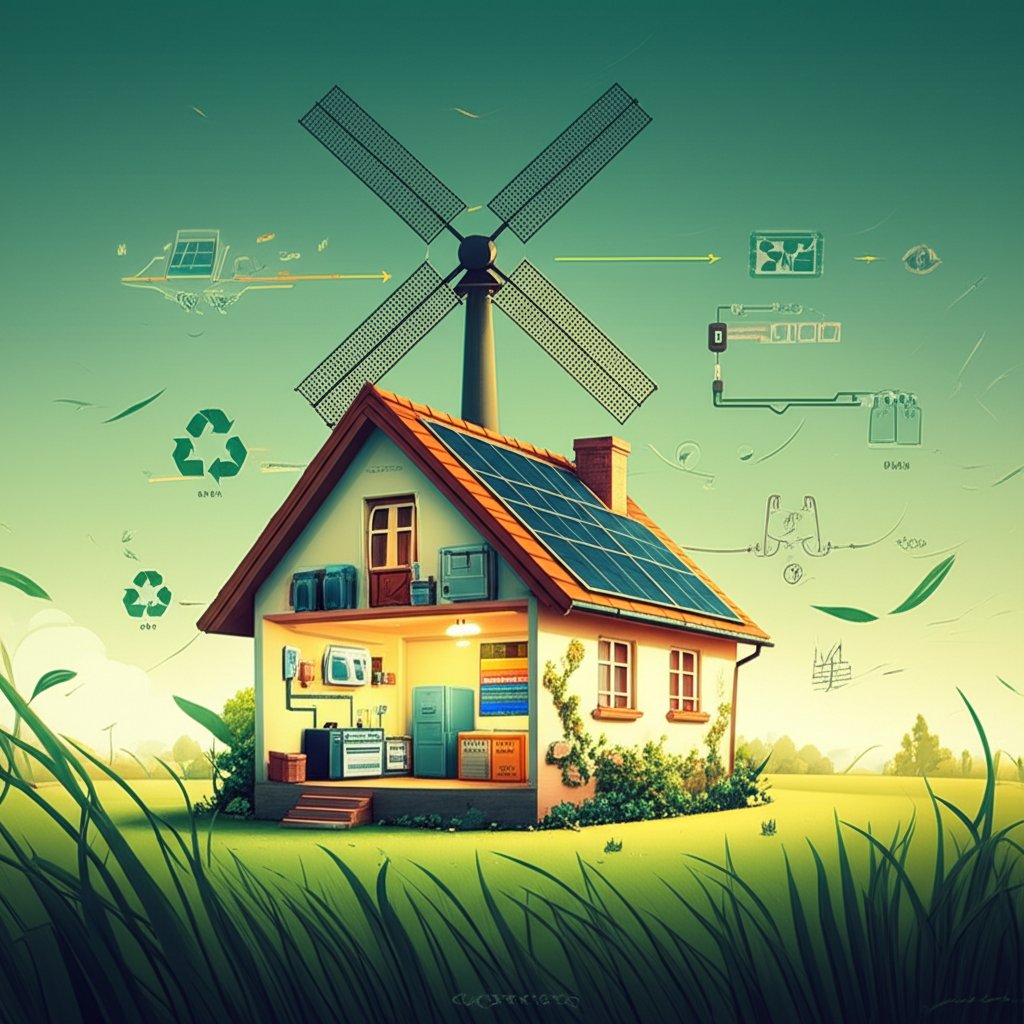
While horizontal axis turbines dominate large-scale wind farms, VAWTs excel in specific applications:
- Urban Environments: Their quiet operation, omnidirectional wind capture, and compact size make them ideal for rooftop installations and building integration in cities.
- Small-Scale Power Generation: VAWTs can be used to power LED streetlights, signage, water pumps, or small off-grid homes.
- Remote and Off-Grid Locations: Their simple construction and low maintenance requirements make them suitable for telecom towers, monitoring stations, and rural electrification projects.
Example: The Reykjavik “Storm Shelter” Bus Stop
In Reykjavik, Iceland, the “Storm Shelter” bus stop uses small vertical axis wind turbines alongside solar panels to power lighting and digital displays. This demonstrates how VAWTs can serve practical, community-focused urban functions.
Common Questions About Vertical Axis Wind Turbines
Let’s address some frequent questions and clear up misunderstandings.
Q: Are VAWTs really less efficient than horizontal turbines?
A: Generally, yes. However, ongoing research and design improvements are closing the gap. The key is to match the turbine design to the specific application and wind conditions.
Q: Are VAWTs more expensive than horizontal turbines?
A: Smaller VAWTs can be less expensive due to their simpler design and lower installation costs. However, larger VAWTs may require more expensive materials and advanced engineering to address structural challenges.
Q: Are VAWTs safe for birds and bats?
A: VAWTs generally pose a lower risk to wildlife compared to horizontal turbines because of their lower blade speeds and lack of a tall tower.
Q: Can VAWTs be used in offshore wind farms?
A: While less common, vertical turbines are being tested for offshore use. Their ability to function without orientation mechanisms and their lower center of gravity make them promising for floating platforms.
Making a Decision: Is a VAWT Right for You?
Choosing between a vertical and horizontal axis wind turbine depends on your specific needs and circumstances.
Consider a VAWT if:
- You need a turbine for an urban environment with turbulent wind conditions.
- Space is limited, such as on a rooftop.
- Low noise is a priority.
- Ease of maintenance is important.
Consider a horizontal turbine if: - You need maximum energy output in consistent, high-wind conditions.
- Space is not a constraint.
- Cost-effectiveness is a primary concern.
The Future of Vertical Axis Wind Turbine Design
Vertical axis wind turbine design is entering a new era of innovation. As technology advances and costs decrease, VAWTs are poised to play an increasingly important role in the renewable energy landscape, particularly in urban environments and niche applications. By carefully considering the design factors outlined in this guide, engineers and developers can unlock the full potential of VAWTs and contribute to a more sustainable future. Turbine Fires: Whats the Risk can be avoided so long as proper maintenance is performed. The future looks bright for this technology.
- Water Mill Electricity Generator Provides Free Home Power - December 16, 2025
- Water Wheel Electric Generator Provides Free Home Electricity - December 15, 2025
- Choosing the Right Portable Hydro Turbine for Your Needs - December 14, 2025
